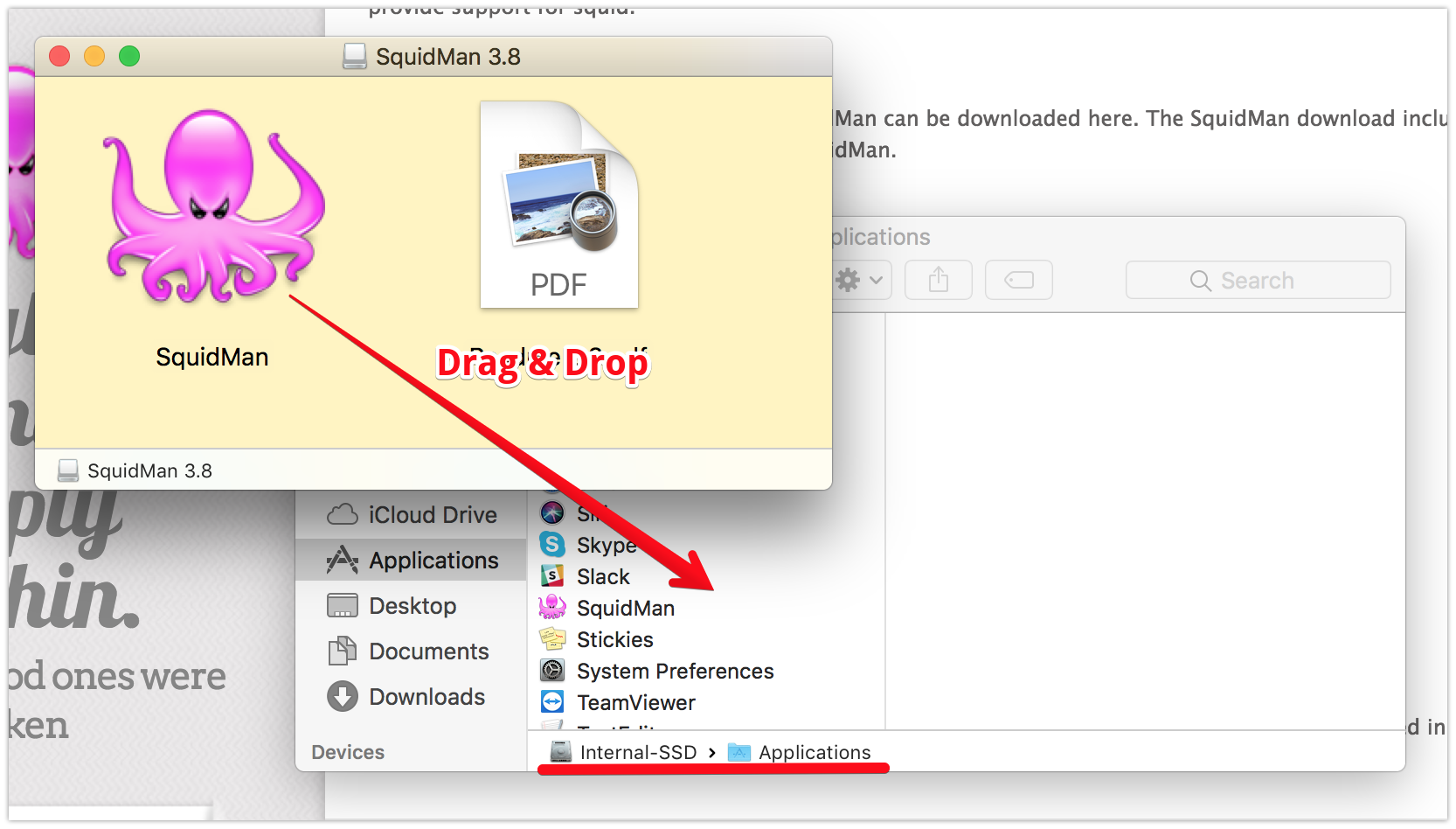
You should now get no more annoying dialogs for that particular proxy server. Click on the system keychain, and confirm that they are there, and that all the settings are exactly right.įor good measure, do a shift-restart then a normal restart. Option-drag and drop these entries into your system keychain.

Once you have login keychain entries for the proxy server, double-click them and ensure that under Access all applications are allowed, and that your user name is saved.Ĥ. Typically that there needs to be two separate keychain entries per proxy server, one for http and a second for https, though syncdefaultsd only uses https.ģ. If not, make one manually, (being sure to enter the whole thing as per the example above with the :8080 at the end). See if you already have an entry for that server in your login keychain. Typically it will be something in the form Ģ. Note the server name that is requesting authentication, the port (usually 8080) and if it is an http or https request. So when you next get one of these dialogs:ġ. The solution is to ensure that you have working proxy settings saved in the *system* keychain, not just your personal login keychain. Even if you open your login keychain to allow any application access to your proxy, syncdefaultsd will still keep asking for your proxy details. It's proxy request dialog does not have the option to save the details to the user's keychain, and worse still does not identify syncdefaultsd as the requesting process. It needs access to the user's proxy settings at regular intervals, but can't get them from the user's login keychain. The problem is that syncdefaultsd is not keychain aware.

Using the terminal command nettop, I discovered that the offending dialogs come from system processes, most notably syncdefaultsd. Usually a proxy authentication dialog allows the user the option to 'allow once' or 'always' etc, and to save the proxy login details to the user's login keychain.īut under both 10.8 and in particular 10.9 whenever a proxy is in use, the user gets bombarded with multiple recurrent proxy authentication dialogs without any save options and without any identifier.
#Ip on squidman mac#
If someone could not help me with this, I'd have to dump this new Retina mac and have a very bad memory of it.ĭo not use the suggestion to unload the notification center, and don't use squidman.įirst try this solution, which is simpler and better.
#Ip on squidman password#
There's no remember me box or any options in keychain to make it not happen, and I have to type in a long username and password everytime for every app to work, sometimes even when I open a tab in google chrome it pops again! It seems that all sorts of applications trigger this and it happens like once or twice every minute, and only for HTTPS proxy. Now I had no problems on my mac never ever,īut i've moved to a Retina mac a couple days now and whenever I enable this proxy, the proxy authentication required dialog bugs me so much I'm forced to disable proxy and be unable to use this new mac. I use Google Chrome's ProxySwitchy plugin to switch to my proxy (it's a squid proxy) and it uses scutil to change the systemwide proxy. I rely on HTTP and HTTPS proxy heavily to browse web, due to certain filterings in my country. I have had a first generation MacBook unibody (not yet named MacBook pro) 13", and have been using it perfectly for 4 years.


 0 kommentar(er)
0 kommentar(er)
